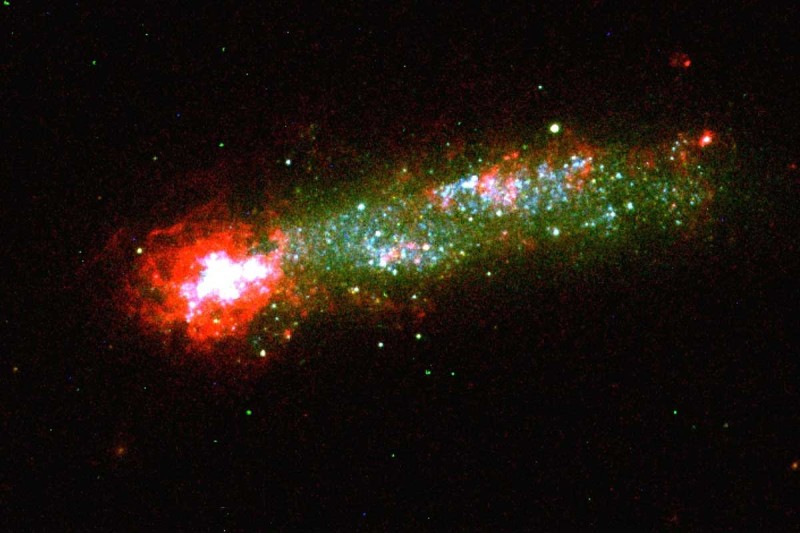It’s a cosmic growth spurt. A small “tadpole” galaxy is creating a lot of new stars thanks to an influx of gas smashing into it – something that probably helped turn our own galaxy into a giant long ago. First discovered in the 1990s, tadpole galaxies have bright heads lit by newborn stars, trailed by long dimmer tails. Astronomers had thought the odd objects resulted when two galaxies collided. Recent observations, however, suggest an alternative idea: intergalactic gas falls onto a small galaxy and sparks the birth of stars, which light the tadpole’s head. This theory arose because most tadpole heads have a low level of heavy elements – which is surprising, because stars create these elements. But intergalactic gas has few heavy elements itself, so the area where it falls will be similar, just as astronomers observe.
You may also like
SCIENTISTS HOPE TO RESTORE EXTINCT GALAPAGOS TORTOISE
Major Hurricane Irma likely to deliver destructive...
Category 5 Irma Takes Aim on Florida
Computer models show Irma inching toward the...
Largest asteroid in a century to whiz by Sept 1
Tropical Storm Harvey likely to inundate Texas with 25...
About the author
Teunis Felter
Teunis Felter has over 20 years experience as an author, editor, and scientist. When not exploring outside, he enjoys reading history, researching genealogy, and civilly discussing politics.







